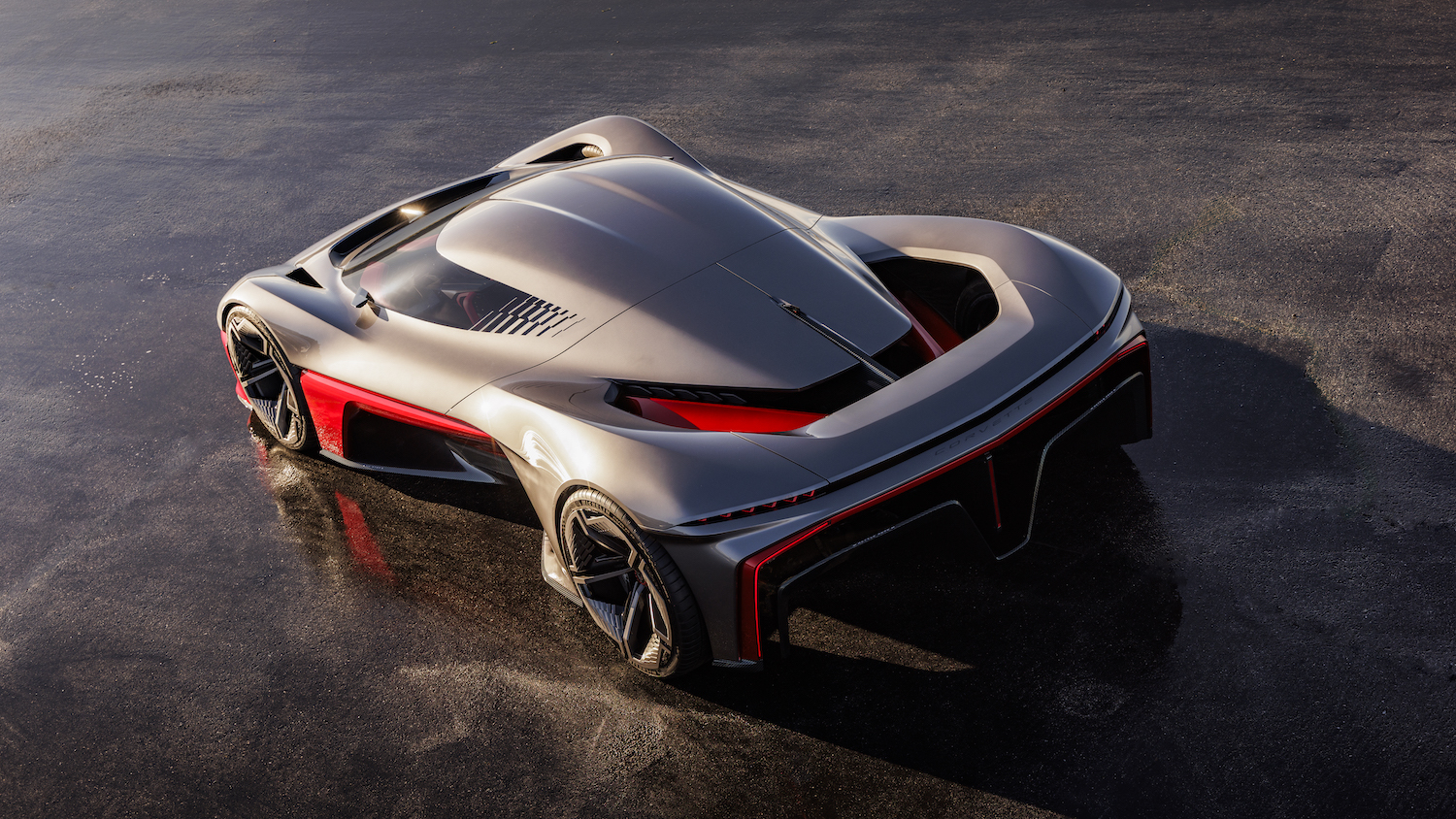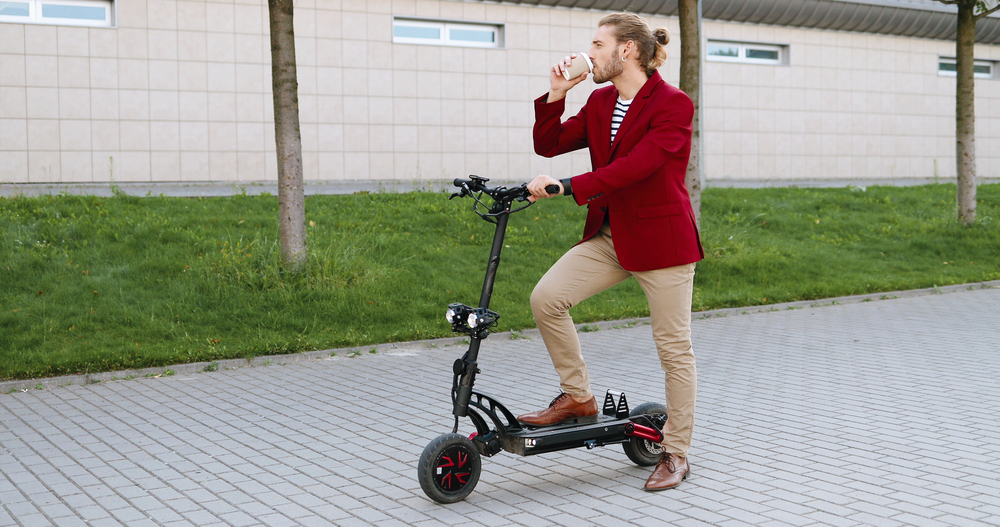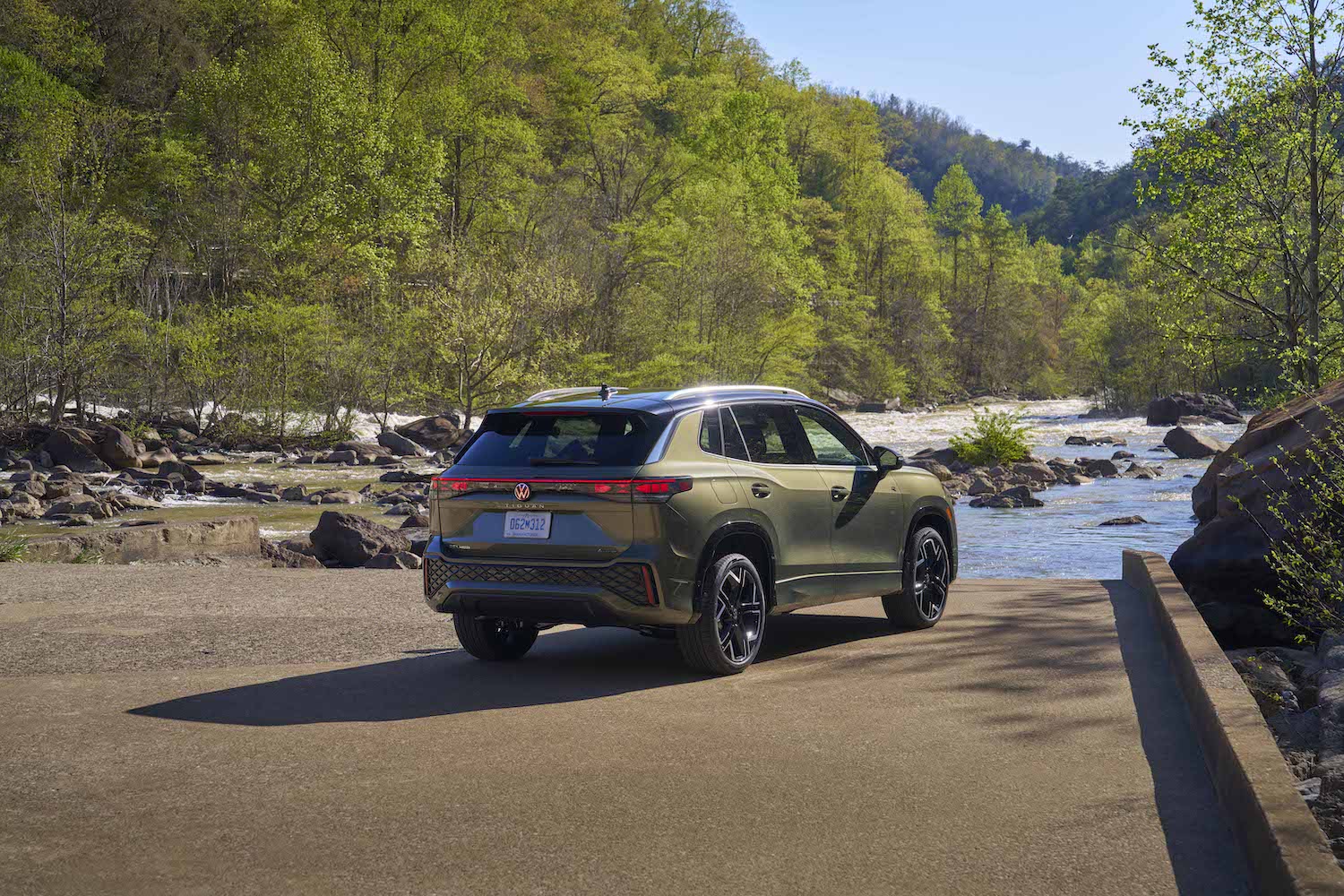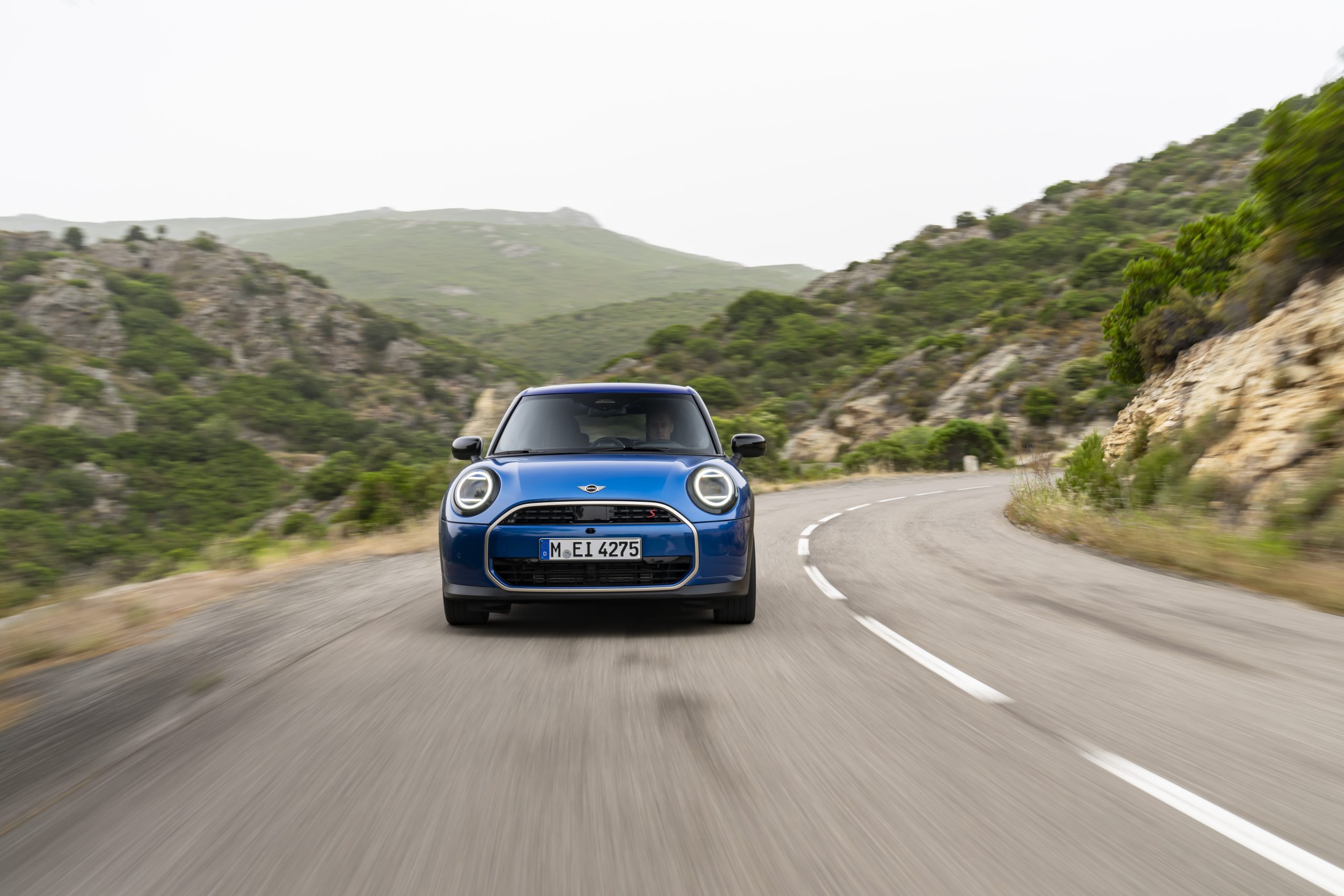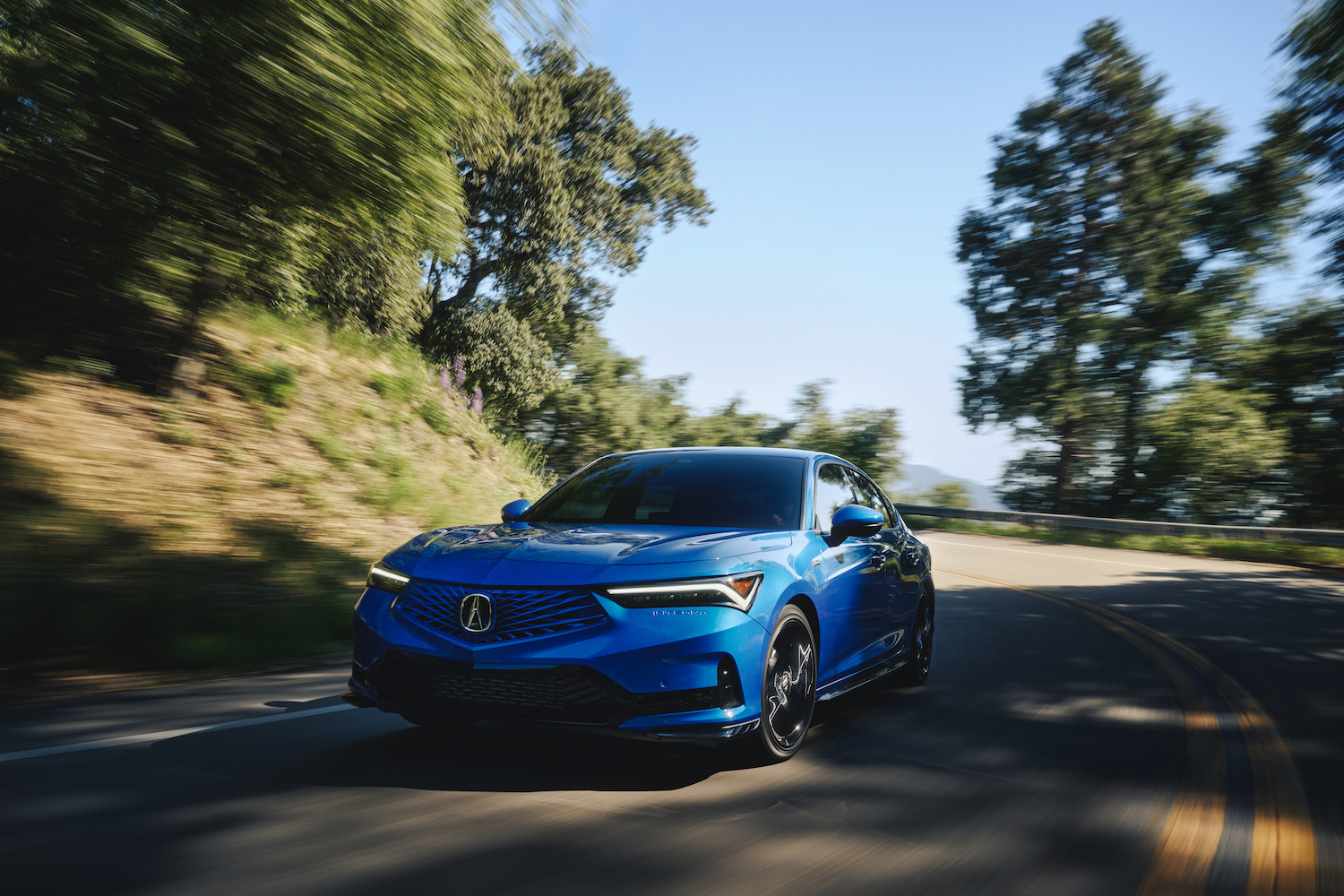Motorists are urged to shun quick-fix hacks for tree-sap removal, as ‘sticky car’ season begins
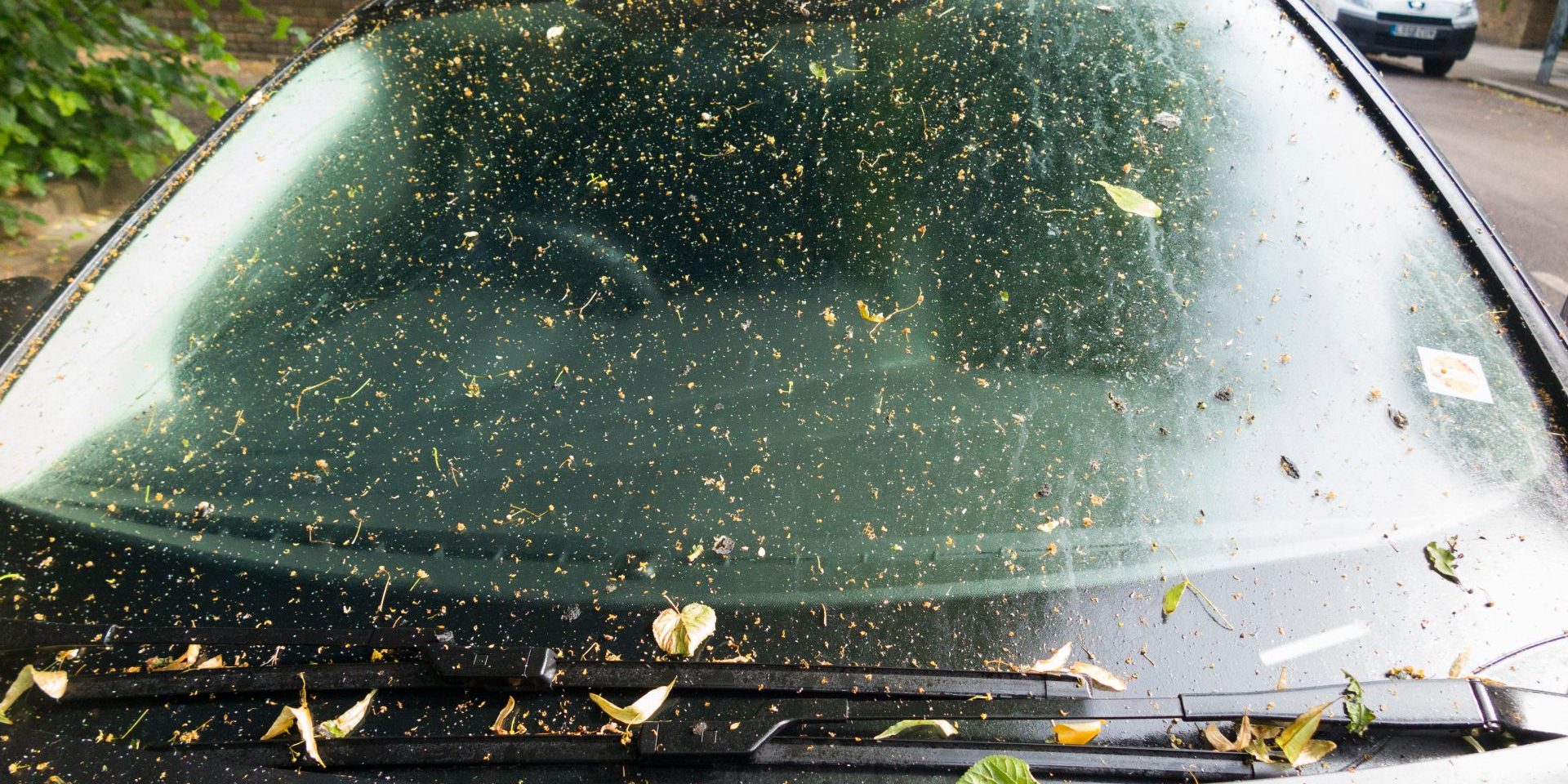
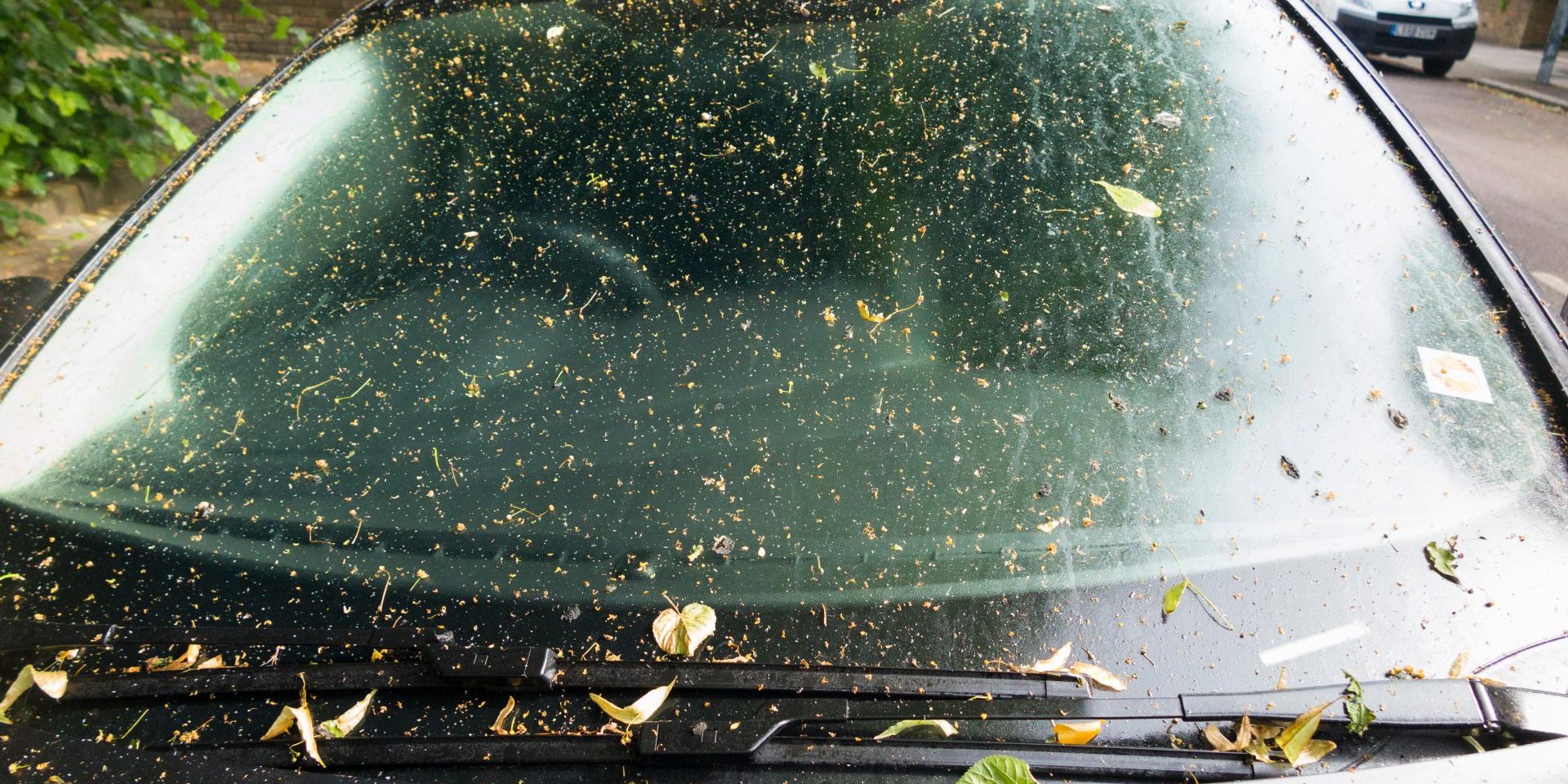
Car owners are being advised not to resort to quick-fix online ‘hacks’ to remove the growing quantities of tree sap currently being deposited onto vehicles. The recent high temperatures across many parts of the UK have prompted a sharp increase in the sticky deposits, but car care firm Autoglym has advised that the use of unconventional chemicals and sharp objects can cause lasting damage to vehicle paintwork and trims.
‘Tree sap’ commonly refers to the resins secreted by conifers such as pine and fir, as well as honeydew, which is produced by aphids living in deciduous trees such as acers, birch, magnolia, oak, elm, walnut, beech and wisteria. These residues quickly harden due to their high sugar content, and the longer they are left on paintwork the more difficult they can be to remove.

A growing number of hacks circulating on social media recommend the use of substances such as acetone, alcohol, anti-bacterial hand gel, lacquer thinner, turpentine, nail polish remover, petrol and WD40 to remove the sap deposits. However, Autoglym warns that, while some of these chemicals and substances may help to shift hardened tree sap, they can also attack vehicle plastics and rubber trim, and strip away protective coatings.
One hack, which involves scraping away hardened tree sap with a razor blade, is almost certainly one to avoid by motorists who don’t want the risk of having to pay out for a costly scratch repair.
According to the Royal Horticultural Society, tree sap on vehicles will become more common as overall temperatures in the UK rise further and aphid populations grow. There are currently over 5,000 breeds of aphid in the UK, with up to 2.5 million able to inhabit a single tree at any one time.
Autoglym’s top 10 tips for avoiding and tackling tree sap
- During the early summer period when sap deposits are most common, check your car more frequently and wash the residues away soon after you find them. The longer they are left, the harder they will be to remove.
- Where possible, avoid parking under trees – particularly those with a higher sugar content, such as fruit and maple trees, as these are most desirable to aphids that shed honeydew.
- Take note of wind direction when parking near trees in early summer – sap deposits are carried on the wind, so you don’t need to be directly under branches to succumb to the sticky fallout.
- Watch out for rain showers, too. You might think that rain helps wash sap away, but it can exacerbate the problem. Rainfall can prompt sap to fall from leaves and branches, and cause aphids to move to new areas, shedding honeydew as they go.
- To safely remove sap, Autoglym recommends owners soften the residue first, ideally with a good rinse of warm water before applying a suitable car care solution.
- Don’t attempt to forcibly rub at sap residues during the wash process, as this can cause light scratches and the ‘marring’ of lacquer that can kill the gloss. Instead, repeat the wash process, apply plenty of soapy water, agitate gently, and don’t allow the suds to dry out.
- Consider using a snow foam on the car, as this is a great way to ensure the cleaning solution dwells on the car for longer, softening the sap deposits. Autoglym’s three-step Polar snow foam process (Polar Blast, Polar Wash and Polar Seal) can be used to soften and remove residues, clean the entire vehicle and then protect the paintwork.
- If, after a thorough wash, there are still sap deposits left on the car, consider using a dedicated automotive clay bar (e.g. the Autoglym Clay Detailing Complete Kit), which will gently lift sap and any other stubborn contaminants adhering to the surface of the paintwork.
- Alternatively, harder, baked-on sap can be removed by using a dedicated solvent-based car care product that is designed to soften and lift tar deposits (e.g. Autoglym Intensive Tar Remover).
- Prevention is better than cure, so after washing the car be sure to apply some form of protection to the surface. Polishes, waxes and sealants (e.g. Autoglym Rapid Ceramic Spray) will provide a protective barrier that prevents sap adhering quite so stubbornly and also makes it easier to wash off.
To purchase Autoglym products, visit Autoglym.com, Amazon.co.uk/Autoglym, in-store or online at Halfords https://www.halfords.com/motoring/car-cleaning/autoglym/ or independent car care retailers.


